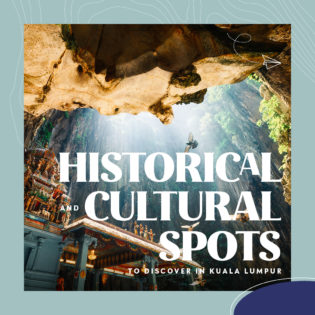Meet the real-life Lara Crofts.
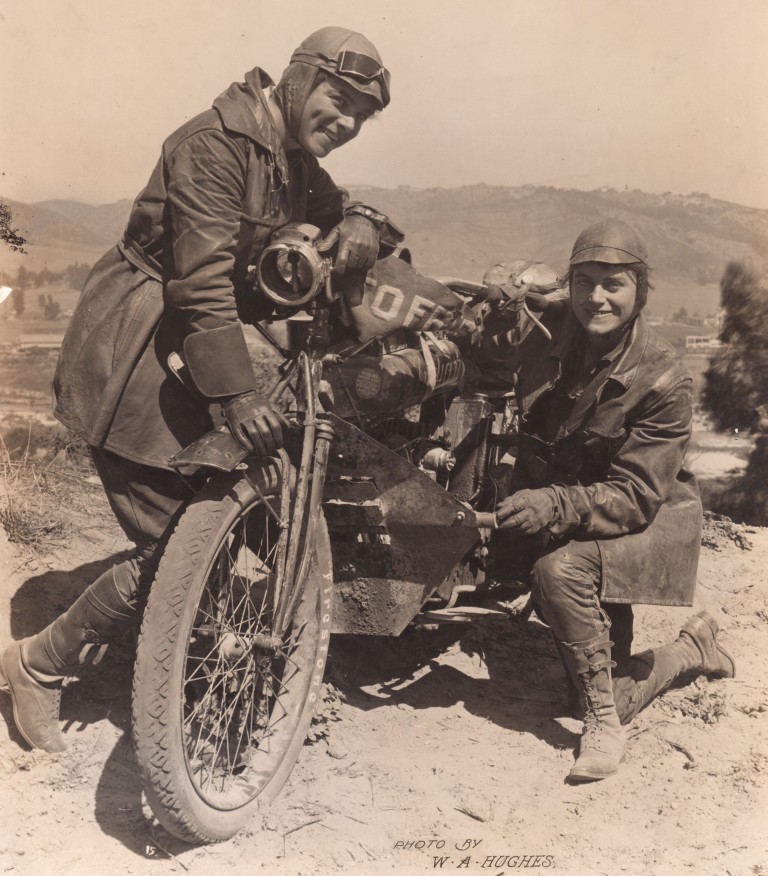
Although still plagued by rampant sexism and double standards, travelling for women has improved by leaps and bounds over the last century, partly thanks to these extraordinary individuals.
Here are six amazing female adventurers who beat overwhelming odds and challenges to break free from gender stereotypes and boundaries, paving the way for other women travellers to follow in their footsteps.
_386_583.jpg)
Amelia Earhart
It’s impossible to talk about female adventurers without including Amelia Earhart. In the short span of her career, the American set a number of aviation records, including as the first woman to fly solo above 14,000 feet, the first person to fly solo from Hawaii to mainland United States, and the first woman to fly solo across the Atlantic Ocean. Her exploits earned her fame as a household name, and she played a pivotal role in promoting opportunities for women in aviation. In 1937, Earhart attempted to become the first pilot to circumnavigate the globe, setting off from Oakland, California with navigator Fred Noonan. Tragically, the plane was presumed lost over the Pacific and efforts to locate evidence of the crash were never found. The mystery of her disappearance continues to grip the world today, and she is remembered as one of the best known female figures in the history of aviation.
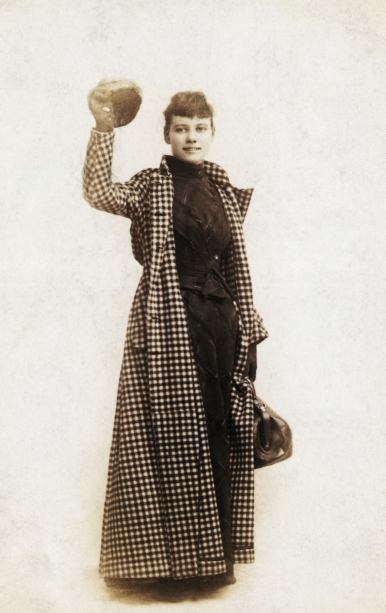
Nellie Bly
Born Elizabeth Cochrane in 1864, Bly was an American journalist, best known for circumnavigating the globe in 72 days. It was a feat unheard of for its time, and by a woman, no less. Inspired by the novel Around The World in 80 Days, Bly pitched the idea of turning fiction into reality to her newspaper editor at The New York World. A year later, at age 25, she set off on her 40,000km journey, armed with only the dress she was wearing, an overcoat, a small travel bag and some money. Bly traveled on trains and steamships through England, France, Colombo, Malaya, Hong Kong and Japan, before returning to New York 72 days later – beating the novel’s protagonist Phileas Fogg’s fictional record by eight days. Travelling aside, Bly was a pioneer in investigative journalism, going undercover at a mental institution to expose the poor treatments and conditions patients were subject to, which led to reforms in the system.
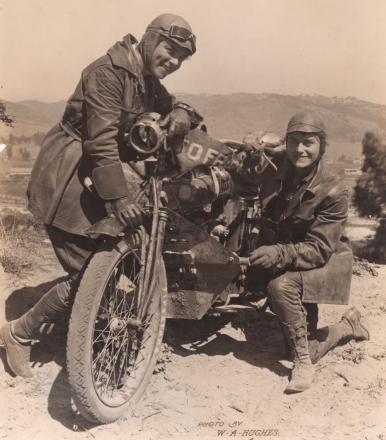
The Van Buren Sisters
In 1916, America was preparing itself to join World War I. Determined to contribute to the country, sisters Augusta and Adeline Van Buren embarked on a transcontinental bike journey, to prove that women could serve as military dispatch riders. They departed from New York for Los Angeles on a pair of 1,000 cc Indian Power Plus motorcycles. The 60-day journey, which covered 8,800km, was fraught with challenges. Roads were in poor conditions, worsened by heavy rain and mud, and the sisters narrowly escaped death when they ran out of water in a desert in Utah. Gender discrimination saw them arrested several times for wearing ‘men’s clothes’, considered taboo at the time. Despite successfully completing the trip, the women were ultimately rejected in their applications to be military dispatch riders, and newspapers downplayed their achievements. Unfazed, Augusta became a pilot while Adeline completed her law degree from the prestigious New York University.
Gertrude Bell
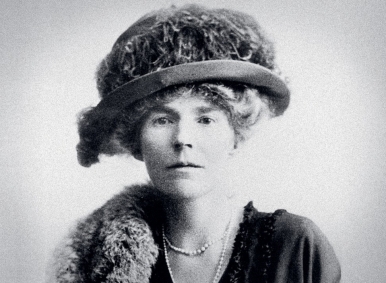
Born to a wealthy British family, Gertrude Bell wore many hats during her lifetime, including that of linguist, explorer, archaeologist and political administrator. She received a first-class degree from Oxford for her studies in History. Bell then traveled to Persia (modern-day Iraq) to visit an uncle who was the British ambassador to the region. It marked the beginning of a lifelong love affair with the Middle East. Bell traveled extensively, often alone, across vast expanses of desert and untamed lands, and her love for archaeology led to the founding of what is now the Iraq Museum, which houses many important Mesopotamian and Babylonian artifacts. A skilled mountaineer, Bell regularly went on climbing expeditions to the French and Swiss Alps. On one such trip, she nearly lost her life when a blizzard hit, stranding her for over 50 hours on a rope. As a civil officer to the British government in Persia and the only woman among her peers, she was instrumental to the founding of modern Iraq.
Valentina Tereshkova
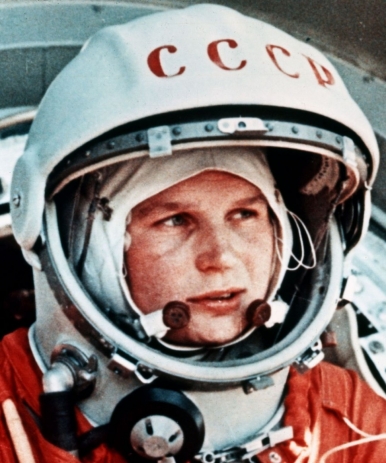
At 16, Valentina Tereshkova left school to work at a textile factory. Little did she know that 10 years later, she would go where no woman has ever been before – into space. Tereshkova was an amateur skydiver who was adept at parachuting, which saw her recruited for the cosmonaut programme. After successfully beating over 400 hopeful candidates, she was chosen to pilot the Vostok-6, which launched into space on 16 June 1963. The craft would orbit the earth 48 times during its flight, with Tereshkova spending three days in space – more than the combined times of all American astronauts who had flown prior to that date. She returned as a hero of her country, the former Soviet Union, and was conferred many titles and medals. It would take another 19 years for the second woman to fly into space, but Tereshkova still holds the record as the only woman to have gone on a solo space mission.
*Photo Credits: Wikimedia, Public Domain



